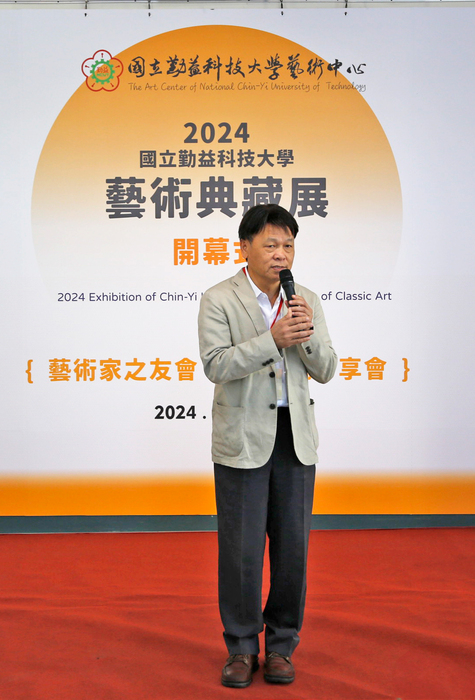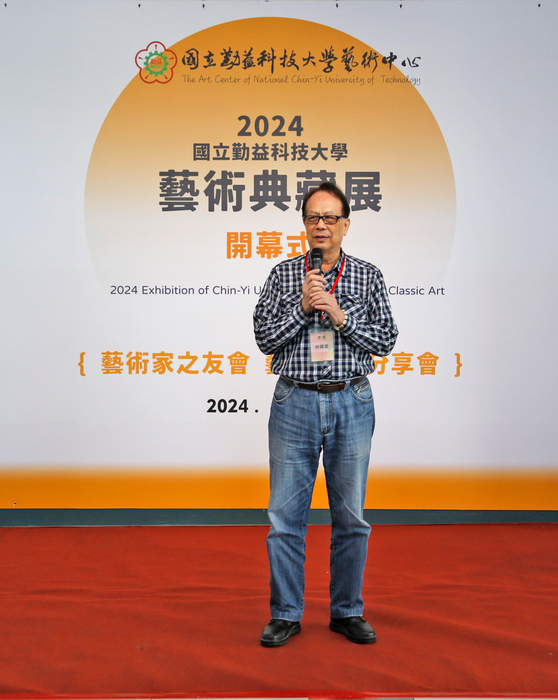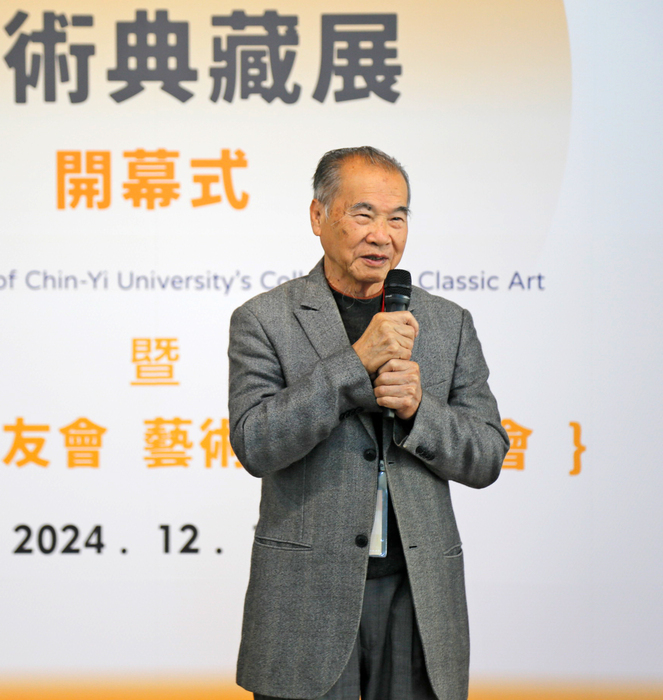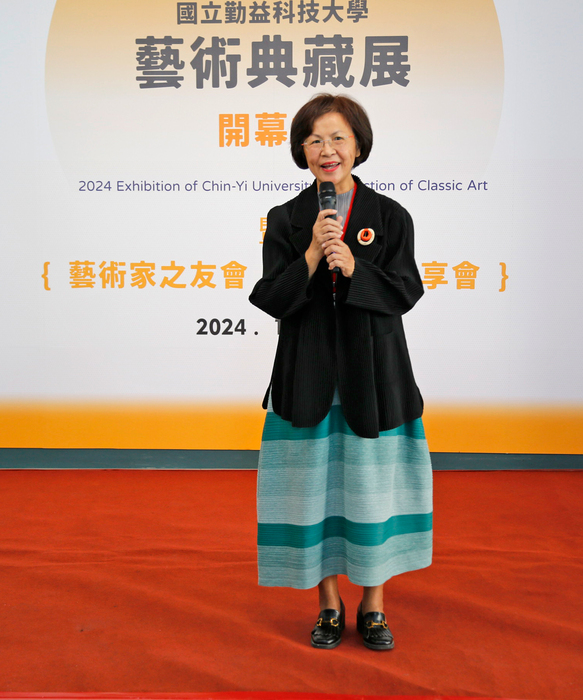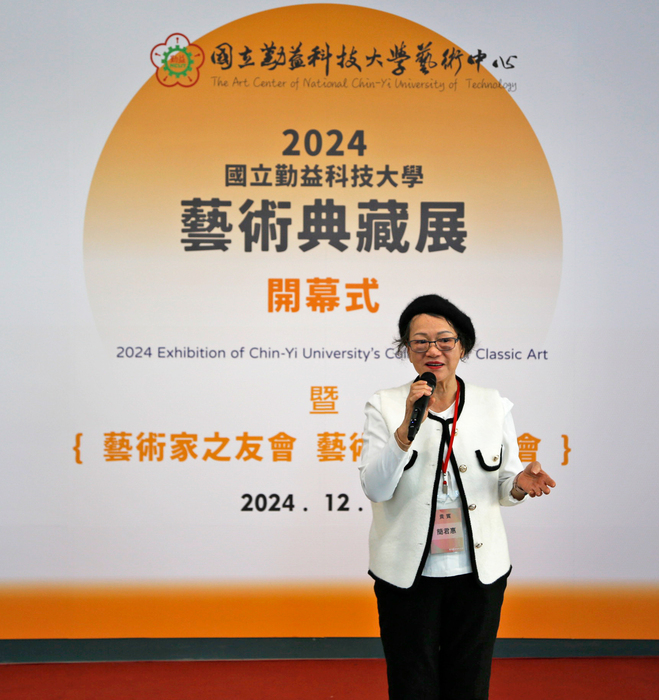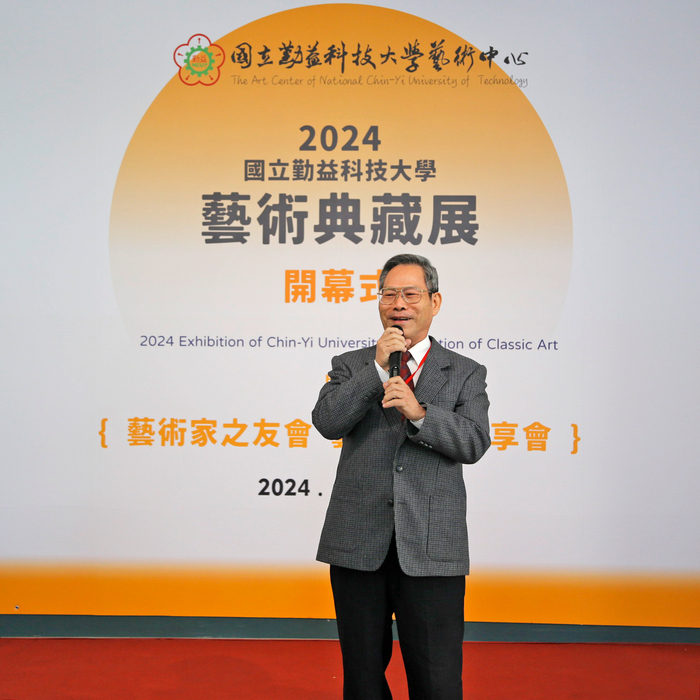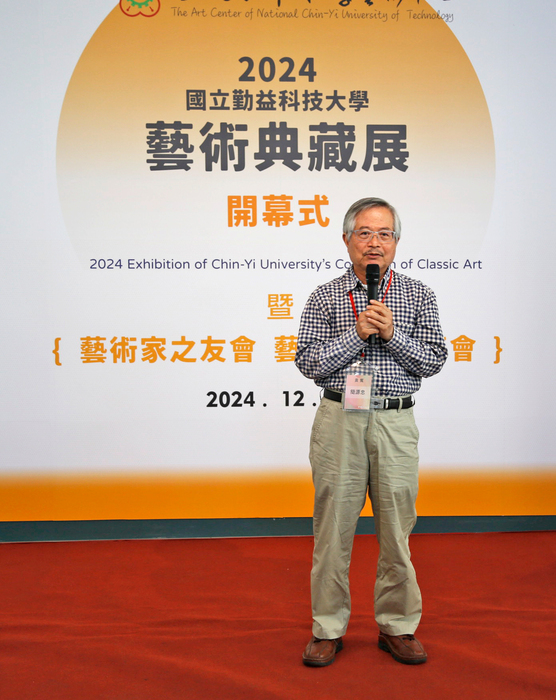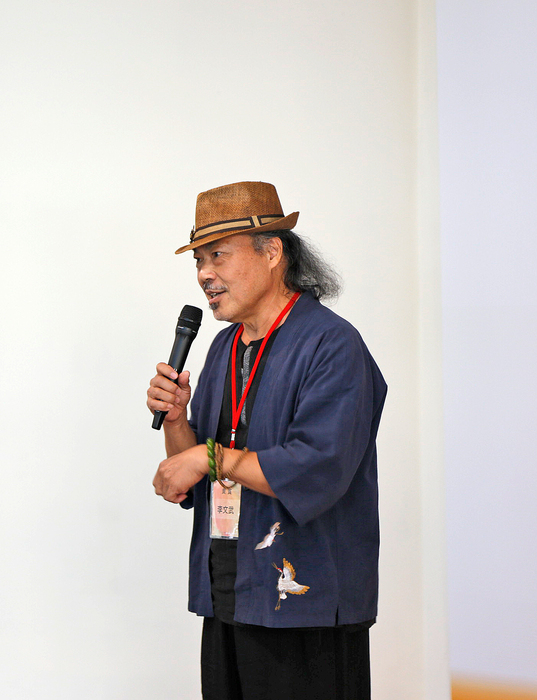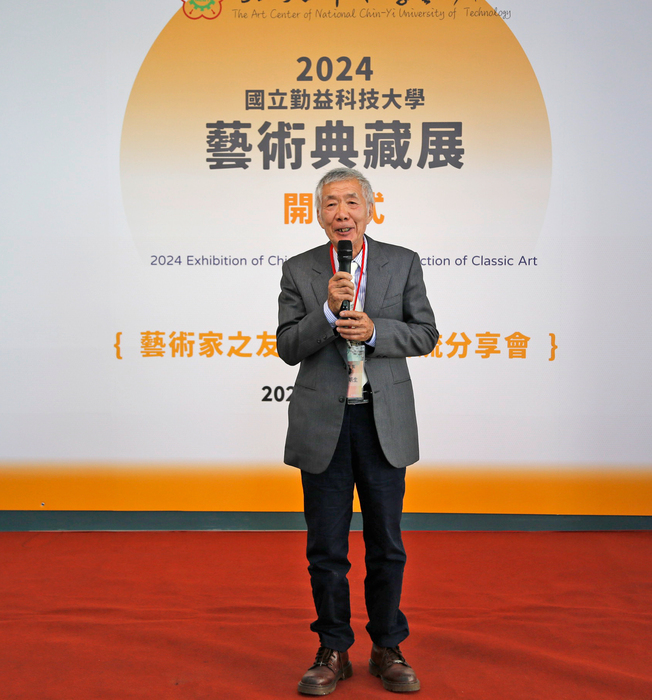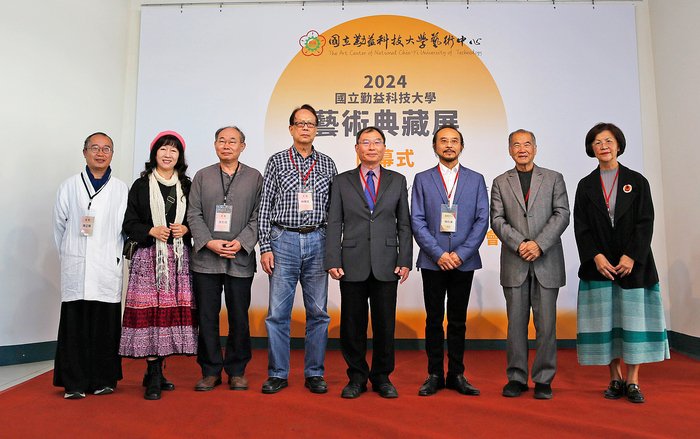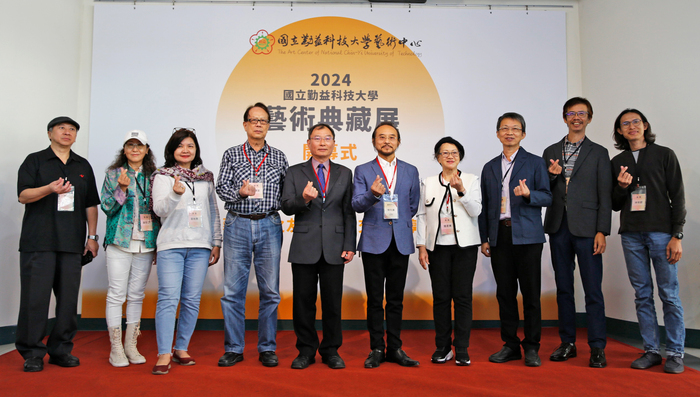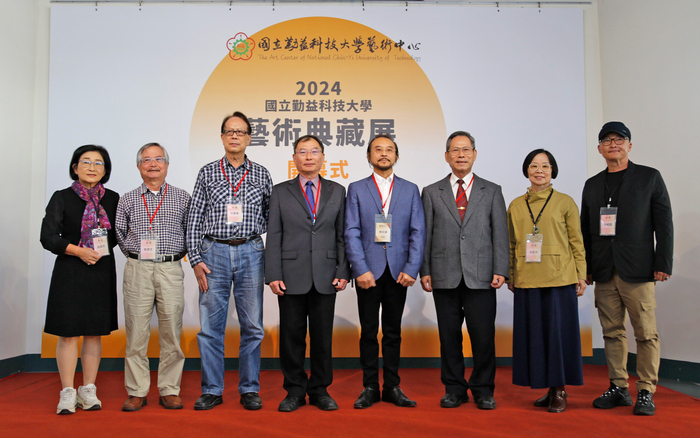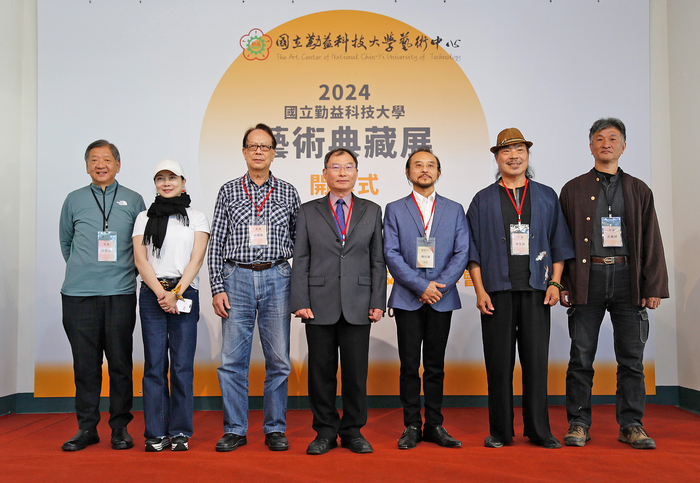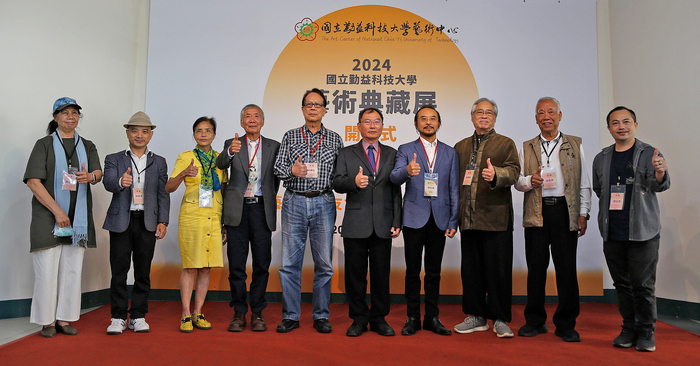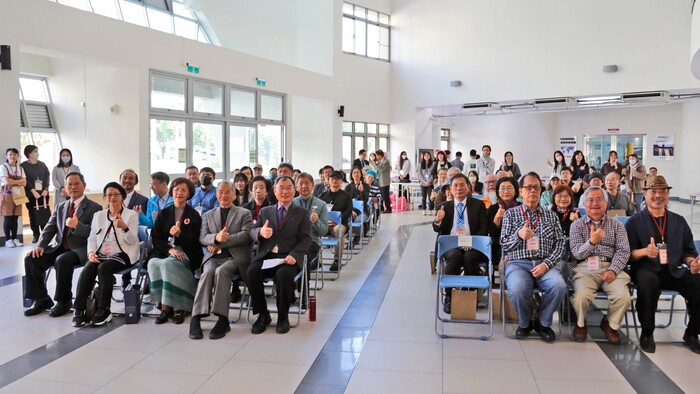
|
|
Preface from Art Center
For the completeness of a university's academic departments, administrative organization, and even the vision and outlook of higher education, the art environment and aesthetic education are indispensable. In the 130th issue of the “CITIES” published in 2022, a paper, "The Artistic Spirit of Cities: How Cities Influence Artists’ Agency" was co-authored by Merav Kaddar and five others from the Department of Sociology at the Technical University of Berlin. This paper explores the relationship between the artistic spirit of cities and the influence on artists. The paper discusses how artists are deeply affected by the spirit or logic of the city where they live. Meanwhile, their viewpoints and perspectives are shaped by their immersion in the specific social structure of the urban space.
In related research, Silvia Mazzucotelli Salice, a professor at Cattolica del Sacro Cuore University in Milan, Italy — the largest private university in Europe and the alma mater of Romano Prodi, former President of the European Commission—also published a paper titled "Art Contribution to Cities’ Transformation." In her work, she explores the role of public art planning and reveals how the value of public art contributes to a more holistic urban revival strategy driven by cultural policies.
Additionally, we often hear great politicians and scholars worldwide stating that “The advancement of a city can be measured by the prevalence of its art and culture,” or “It is through the nourishment of culture and the arts that a city becomes great.” These similar ideas all convey the idea that artistic energy has a positive influence and benefit not only for individuals but also for the collective soft power of a city.
When viewed through this cultural aspect, it is evident that the same principles and benefits are universally applicable to the structure of a university, which can be seen as an epitome of a city.
Universities in almost all advanced nations of the world have one or more art and cultural centers on campus. These centers bear the responsibility of providing aesthetic education and fulfilling social duties for both the faculty and students, as well as the surrounding community.
I recalled that just before receiving my doctoral degree in 1995, my alma mater, the University of Wollongong in Australia, purchased one of my oil paintings (a No. 500 piece) and displayed it prominently on the main wall of the administrative building's lobby. In addition, over the years, the interiors of campus buildings and outdoor lawns have been adorned with many paintings and sculptures, each an original work purchased and approved by the university's acquisition committee.
Years ago, when visiting the University of California, Berkeley, I also observed that the campus was filled with artwork. The lawns in front of the museum and galleries were dotted with original bronze sculptures by the master Rodin. Inside, major works like "The Thinker" and "The Gates of Hell" stood tall, making close conversation with faculty, students, and visitors.
The existence of an art center on campus resembles the scene when Shakyamuni Buddha gave teachings at Vulture Peak, holding a flower silently before the assembly. After his disciple Mahakasyapa understood, he smiled. It is a beautiful scene of subtle enlightenment. Likewise, art centers function as goodwill ambassadors for governments and private enterprises, embodying the essence of truth, goodness, and beauty, and engaging the outside world with interactions that leave people feeling enriched and delighted.
Due to legal restrictions, Taiwan’s national universities are almost unable to allocate budgets for purchasing artwork. Many universities' art collections are primarily acquired through special channels, often by donations. Looking back, as early as 30 years ago, many public and private universities in Taiwan had already established art centers or cultural museums, playing a key role in fostering arts and culture across their campuses. The national "Association of Arts and Cultural Centers in Colleges and Universities of the Republic of China" continues to operate actively, promoting these efforts.
I have had the honor of serving as a special assistant to three successive presidents at National Chin-Yi University of
Technology, and I deeply understand the importance of campus art and culture in providing students with an enriching
educational environment. At the same time, I have also gained firsthand experience of the challenges posed by a lack of space and the difficulty in organizing and developing such initiatives.
Starting with Former President Chen Kuen-Suan’s efforts to overcome many obstacles and secure a large tract of land from the neighboring Taiping Military Base for the expansion of the university’s campus, despite the originally limited space, to Former President Chao Min-Shiun’s vision for establishing and finding art exhibition spaces, and finally, to President Chen Wen-Yuan's establishment of an official art center in the newly constructed Machine Tool Building in 2018, this has been a long and arduous journey. However, it has been a beautiful process of nurturing campus art and culture.
During the trial phase of the Art Center of National Chin-Yi University of Technology in 2019, President Chen Wen-
Yuan invited Dr. Hsieh Yu-Ching and Dr. Ni Yu-Shan from the College of General Education to collaboratively plan the
first exhibition. In September of the same year, Dr. Ni Yu-Shan continued to plan the second large group exhibition. After returning to campus from a sabbatical in 2020, I followed President Chen’s appointment and continued, in my capacity as the President’s special assistant, to curate various professional art exhibitions at the Art Center. Drawing on my over 30 years of accumulated experience and connections in the art world, both domestically and abroad, I also began actively seeking donations of artworks for the university’s collection.
From the initial phase to present, the Art Center of National Chin-Yi University of Technology has operated continuously. In 2022, it was officially approved as a first-tier unit by the Ministry of Education. To date, the center has organized 26 different art exhibitions and, during this period, has received donations of 40 artworks from 39 artists, all of which have been cataloged and listed for official record-keeping. This has become an essential part of the university's soft power in aesthetic education, complementing the achievements in teaching and administration.
The purpose of curating this art collection exhibition is to allow the diverse artistic styles and energies to once again be felt throughout the campus, offering the faculty and students a richer feast of aesthetic experience. It also provides an opportunity for the donating artists to return to National Chin-Yi University of Technology and witness firsthand the school’s respect for artistic education and the care with which their donated artworks are preserved.
“2024 Exhibition of Chin-Yi University’s Collection of Classic Art” not only features 40 works donated by the artists
who were previously invited to exhibit at the university, but also includes calligraphy treasures from the university's founders, General Chang Ming and Ms. Wang Kuo-hsiu, such as pieces by Zhang Da-qian, Yu You-ren, and Wang Yun-wu. We hope that the dialogue between the works of past masters and contemporary artists will offer our faculty, students, and art enthusiasts a unique and enriching artistic encounter. I would like to extend my heartfelt thanks to all the university departments, faculty, and staff for their support, as well as to the Office of the Founder and Alumni Services for generously allowing us to borrow the calligraphy treasures for this exhibition. Thanks again for artists, Ku-Mo Lee, Jung-Yu Tsai, Hsin-Nan Chao, Jun-Huey Jean, Yuo Tsai, Ming-Xian Li, Ming-Sun Lin, Yuan-Zhong Jian, Bau-Huo Chi, Xue-Yun Huang,Qing-Lin Lu, Shan-Ying Lin, Hui-Tang Lin, Yung-Fa Lin, Shu-Fen Yao, Wen-Wu Lee, Ying-Hui Ko, Ying-Ju Wu, Chin-Chung Chang, Chih-Cheng Chiang, Tai-Yang Chiu, Chih-Hung Chang, Ding-Hong Chen, Jia-Xiang Shih, Yu-Kuo Chang,Chun-Miao Chao, Shou-Chung Yu, Fang-Yi Liao, Shih-Chung Ko, Pi-Ling Hsu, Kuan-Hsun Chen, Zheng-Long Chen,Ying-His Liao, Hsien Chao, Chun-Chi Wu, Sen-Yang Chang, Hao-Lun Hung, Yung-Sing Chen, and Tsen-Wei Lin, their art donations have truly enriched the artistic ambiance in the university. Nearly 20,000 visitors from both inside and outside the campus were given the opportunity to gain a deeper appreciation and recognition of National Chin-Yi University of Technology.
Director of the Art Center of National Chin-Yi University of Technology
Xian-Lian Chen,
|
